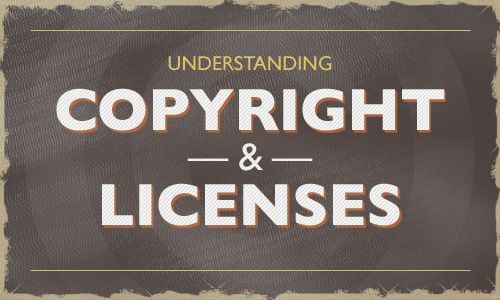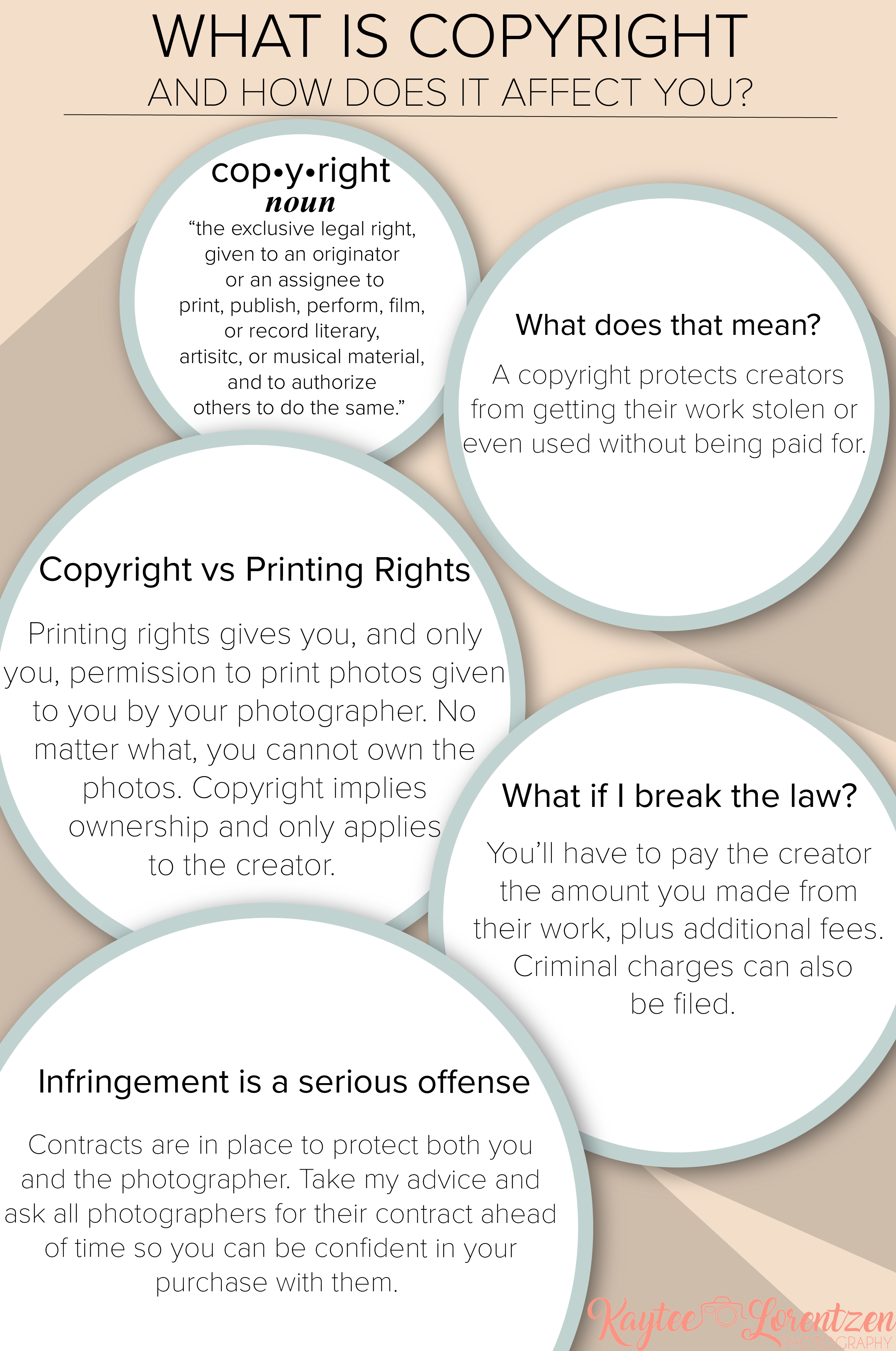Welcome to the world of stock photography! If you’ve ever stumbled upon Alamy, you might be wondering how copyright fits into the picture. Alamy is not just a platform for stunning visuals; it’s also a marketplace where photographers, artists, and contributors upload their work for the world to see. Knowing about copyright management on
Copyright issues can be tricky territory. They don’t just affect the photographers but also the buyers and users of images. Alamy stands out by prioritizing ethical image usage, but it’s essential for everyone involved to be on the same page regarding rights and responsibilities. So, let's dive deeper into this topic!
Roles of Photographers and Contributors

The relationship between photographers, contributors, and Alamy is a collaborative one that hinges on a fundamental understanding of copyright. Here’s how it works:
1. Copyright Ownership: When photographers upload their images to Alamy, they retain copyright ownership. This means they have the right to control how their images are used and distributed. Alamy acts as a licensee, allowing users to purchase licenses to use these images.
2. Licensing Agreements: Photographers can choose various licensing options when listing their images. Here’s a brief overview:
- Royalty-Free (RF): Users pay a one-time fee and can use the image multiple times without paying additional royalties.
- Rights Managed (RM): This gives more control to the photographers as each use is negotiated separately, often involving higher fees for exclusive uses.
3. Contributor Responsibilities: For contributors, it’s vital to understand that all uploaded images must either be their own work or properly licensed. Here are some key responsibilities:
| Responsibilities | Description |
|---|---|
| Original Work | Ensure that all submitted images are the photographer's original work or licensed appropriately. |
| Moral Rights | Respect the moral rights of individuals depicted in images, including their right to privacy. |
| Metadata | Provide accurate metadata for images to help with proper attribution and searchability. |
In summary, photographers and contributors play a pivotal role in the copyright ecosystem on Alamy. Their understanding of rights and responsibilities not only helps protect their work but also ensures a respectful and fruitful marketplace for buyers and users of images.
Also Read This: Alamy Affiliate Program: Earning Opportunities and Benefits for Promoting Alamy Images
The Function of Alamy in Copyright Management

Alamy plays a crucial role in ensuring copyright management is both streamlined and efficient for image creators and buyers alike. As a leading stock photography agency, Alamy takes on the responsibility of safeguarding the rights of photographers while also providing a transparent marketplace for users in need of high-quality images. Here are some key functions Alamy serves in the realm of copyright management:
- Rights Management: Alamy offers a comprehensive rights management system that ensures all images uploaded are correctly attributed to their original creators. This protects the intellectual property of photographers, ensuring they are acknowledged and compensated for their work.
- Licensing Options: The platform provides various licensing options tailored to different usages, such as editorial, commercial, or promotional purposes. Users can easily understand the terms of each license, ensuring legal use of images.
- Monitoring Usage: Alamy actively monitors how images are used across the internet. This helps in tracking unauthorized use and infringement, allowing photographers to seek recourse if necessary.
- Educational Resources: Alamy is also committed to educating both photographers and users about copyright laws and best practices. Through webinars, guidebooks, and articles, they provide valuable insights into the world of copyright management.
- Secure Transactions: Their platform is built to facilitate secure transactions, providing peace of mind to both buyers and sellers when it comes to financial exchanges related to image use.
By fulfilling these roles, Alamy not only helps protect the rights of image creators but also fosters a respectful marketplace for image users, creating a balanced environment where both parties can thrive.
Also Read This: Is Getty Images a Trustworthy Source for Stock Photography?
Copyright Laws Governing Image Use
Understanding copyright laws is essential for anyone working with images, especially when it comes to a platform like Alamy. Copyright laws exist to protect the creative rights of artists, ensuring that they have control over how their work is used and distributed. Here are some fundamental aspects of copyright laws that govern image use:
| Aspect | Description |
|---|---|
| Originality Requirement | For an image to be copyrighted, it must be original and exhibit a degree of creativity. Simply snapping a photo is not enough; the creative choices made in taking and processing the image count. |
| Automatic Protection | Copyright protection is automatic upon the creation of an image. Photographers do not need to register their work to have copyright over it, although registration can provide additional legal benefits. |
| Duration of Copyright | In most countries, copyright lasts for the lifetime of the creator plus an additional 70 years. This means that creators retain control over their work for a substantial period, even beyond their lifetime. |
| Fair Use Doctrine | In certain circumstances, the use of copyrighted images may be permitted without permission from the creator under the "fair use" doctrine. However, this is nuanced and often requires legal consultation to ensure compliance. |
| Licensing Agreements | When using images from platforms like Alamy, users must adhere to licensing agreements that dictate how images can be used. These agreements vary in terms of scope and duration. |
It's essential for both creators and users of images to familiarize themselves with these laws to avoid potential infringement issues. A solid grasp of copyright not only protects artists but also promotes ethical practices in image usage.
Also Read This: Is Alamy a Legit Platform for Buying and Selling Stock Photos?
Resolving Copyright Disputes on Alamy
When it comes to copyright, things can get a bit tricky—especially in the expansive world of stock images like those found on Alamy. If you find yourself facing a copyright dispute, it's crucial to understand the steps involved in resolving these conflicts effectively.
First, you should *review your licensing agreement. Alamy provides different types of licenses, so knowing which one you’ve purchased or are using can clarify your rights and responsibilities. Once you understand your licensing terms, consider the following steps:
- Communicate Clearly: If you encounter a dispute with a contributor or another user, start with open communication. Often, misunderstandings can be cleared up through a simple conversation.
- Gather Evidence: Collect any relevant documentation that supports your case. This can include screenshots, purchase histories, or correspondence related to the image in question.
- Contact Alamy Support: Alamy has a dedicated support team for copyright issues. Providing them with all your evidence and explanations can facilitate a quicker resolution.
- Consider Legal Advice: If the dispute escalates, you might want to consult with a legal professional who specializes in copyright law. They can offer guidance tailored to your specific situation.
Resolving copyright disputes should be approached calmly and methodically. The key is to keep an open line of communication and utilize Alamy's support resources effectively.
Conclusion and Best Practices for Image Use
Understanding copyright management on Alamy is essential for anyone looking to utilize stock images responsibly. As we wrap up, here are some best practices* to keep in mind when using images from Alamy:
- Know Your License: Always familiarize yourself with the licensing agreement related to the images you purchase. This knowledge will guide you in how you can legally use the images.
- Maintain Records: Keep track of all your image purchases and licenses. This will be invaluable should you face a dispute.
- Give Proper Attribution: Whenever possible, attribute the image to its creator. This not only shows respect but also helps in promoting the original artist.
- Stay Updated on Policies: Alamy’s policies may change over time. Regularly checking for updates ensures you remain compliant with the latest regulations.
- Use Images Ethically: Always respect the creative work of others. Never modify images in ways not allowed by the license, and avoid using images for unauthorized commercial purposes.
By following these guidelines, you can navigate the world of image copyright on Alamy confidently and ethically. Happy image hunting!
 admin
admin








